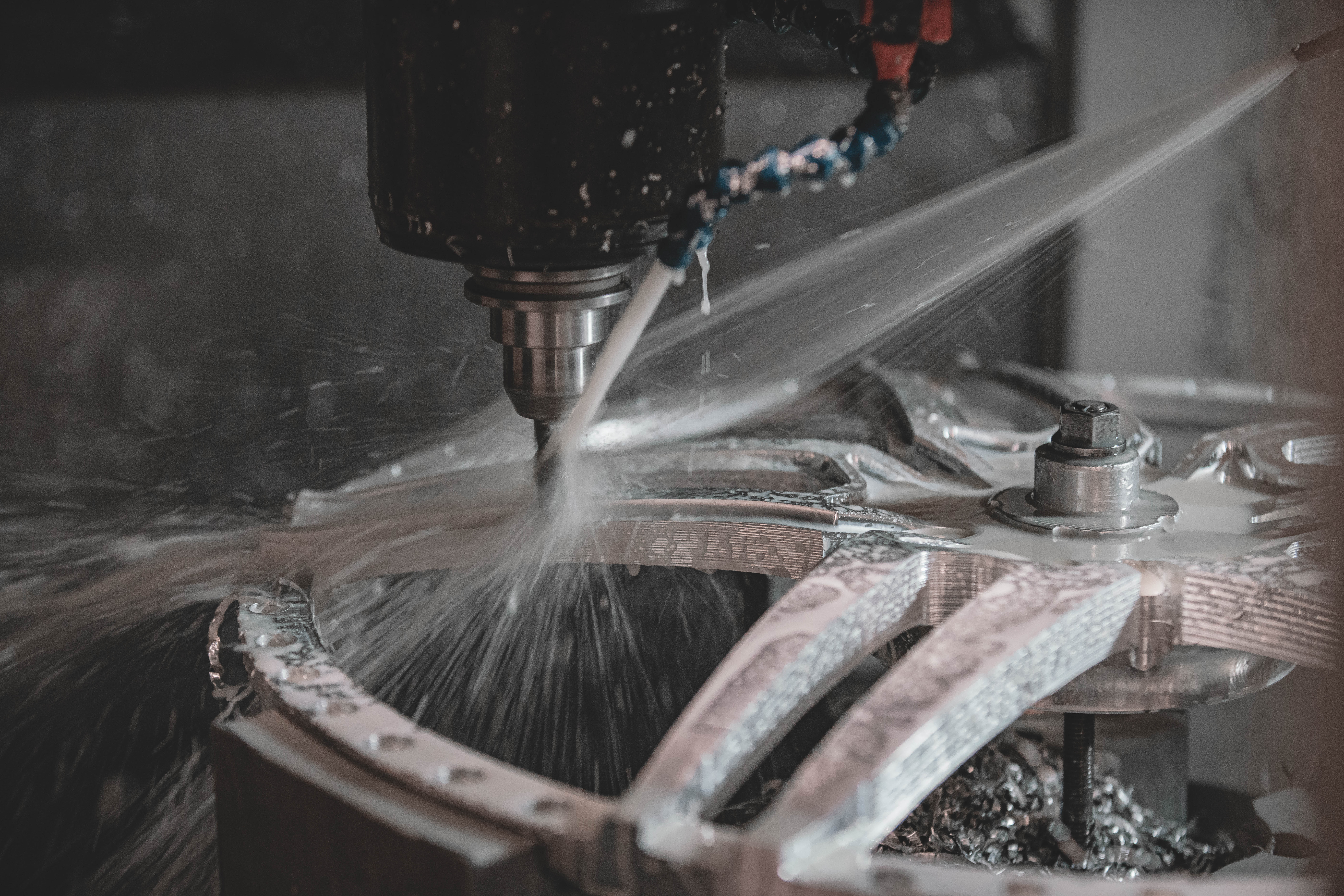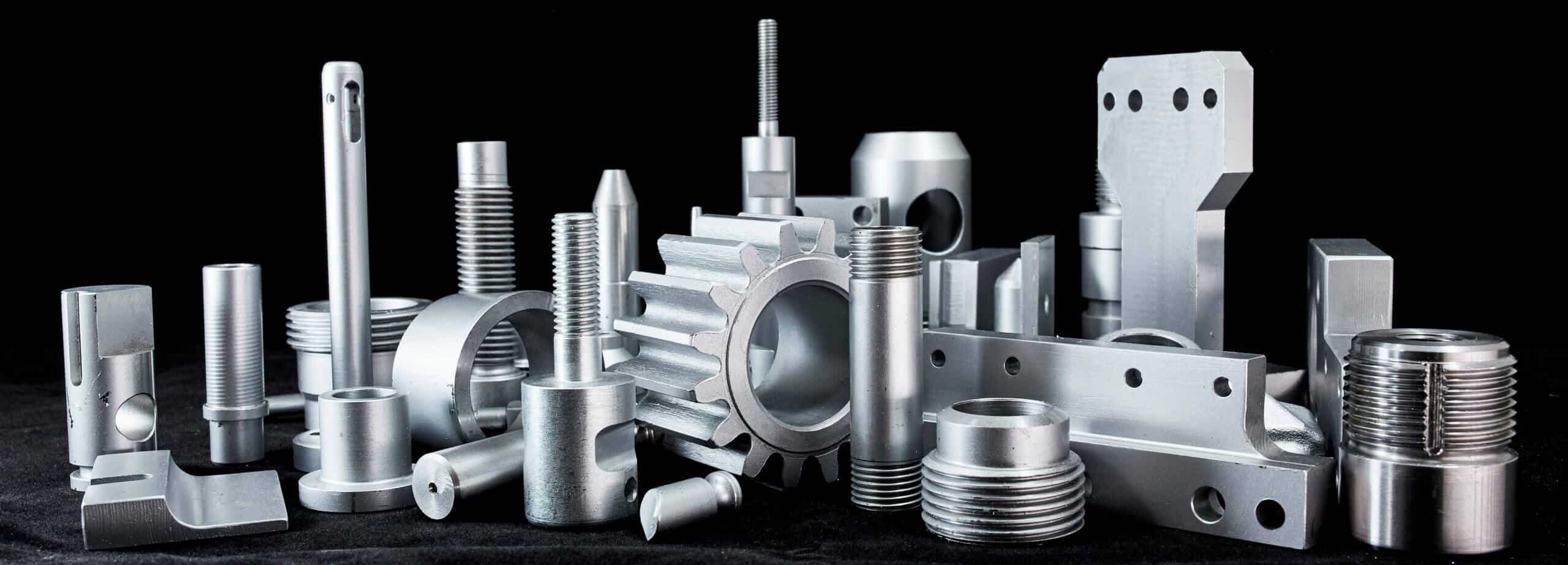Fasteners and Machining: Enhancing Design for Superior Manufacturing
Fasteners and Machining: Enhancing Design for Superior Manufacturing
Blog Article
Navigating the Globe of Fasteners and Machining: Approaches for Accuracy and Speed
In the detailed realm of fasteners and machining, the pursuit for precision and rate is a continuous obstacle that requires meticulous focus to detail and calculated preparation. From understanding the diverse array of bolt kinds to selecting ideal materials that can stand up to strenuous needs, each action in the process plays a critical function in achieving the desired result. Precision machining methods further elevate the complexity of this craft, requiring a delicate balance in between technological expertise and ingenious approaches. As we dig into the approaches that can improve both speed and performance in this domain, the interplay in between top quality control procedures and functional excellence becomes a vital prime focus.
Understanding Fastener Types
When selecting fasteners for a project, understanding the different kinds available is crucial for guaranteeing ideal efficiency and dependability. Bolts are utilized with nuts to hold materials together, while screws are flexible fasteners that can be used with or without a nut, depending on the application. Washing machines are important for dispersing the tons of the fastener and avoiding damage to the material being fastened.
Choosing the Right Products
Recognizing the relevance of selecting the ideal products is critical in making certain the optimal efficiency and integrity of the selected fastener types reviewed previously. When it comes to bolts and machining applications, the product choice plays a crucial function in determining the overall stamina, longevity, deterioration resistance, and compatibility with the desired environment. Different products offer varying buildings that can substantially affect the efficiency of the bolts.
Typical materials used for bolts include steel, stainless steel, aluminum, brass, and titanium, each having its distinct staminas and weak points. Steel is renowned for its high strength and resilience, making it appropriate for a wide variety of applications. Choosing the best product involves considering factors such as stamina requirements, environmental problems, and spending plan constraints to guarantee the preferred efficiency and longevity of the fasteners.
Precision Machining Techniques

In addition to CNC machining, various other accuracy strategies like grinding, turning, milling, and boring play vital functions in bolt production. Grinding helps achieve fine surface area coatings and limited dimensional tolerances, while transforming is typically used to create cylindrical components with accurate diameters. Milling and drilling procedures are important for forming and developing openings in fasteners, guaranteeing they satisfy precise specs and feature correctly.
Enhancing Rate and Efficiency
To optimize bolt production processes, it is essential to enhance operations and carry out reliable methods that match precision machining techniques. Automated systems can handle recurring tasks with precision and speed, allowing workers to concentrate on more complicated and value-added activities. By incorporating these approaches, makers can accomplish a balance between rate and precision, eventually enhancing their competitive edge in the bolt go to my site market.
Top Quality Control Steps
Implementing extensive quality control measures is important in making sure the dependability and uniformity of fastener items in the production procedure. Fasteners and Machining. Quality control actions encompass different phases, starting from the selection of raw products to the last examination of the finished bolts. This involves assessing factors such as material stamina, composition, and durability to ensure that the fasteners fulfill industry requirements.
Routine calibration of equipment and equipment is critical to maintain uniformity in production and guarantee that bolts meet the necessary resistances. Executing stringent methods for identifying and attending to non-conformities or defects is important in avoiding substandard products from going into the market. By establishing a thorough quality assurance structure, suppliers can promote the track record of their brand and provide fasteners that meet the highest requirements of efficiency and longevity.
Conclusion

In the detailed realm of bolts and machining, the pursuit for accuracy and rate is a perpetual challenge that requires precise interest to detail and strategic planning. When it comes to bolts and machining applications, the product choice plays an essential function in identifying the total stamina, resilience, deterioration resistance, and compatibility with the desired atmosphere. Accuracy machining involves various innovative approaches that make sure the limited resistances and requirements needed for fasteners.In enhancement to CNC machining, other precision methods like grinding, transforming, milling, and exploration play crucial functions in fastener production.To maximize bolt manufacturing procedures, it is crucial to improve operations and carry out efficient techniques that enhance precision machining methods.
Report this page